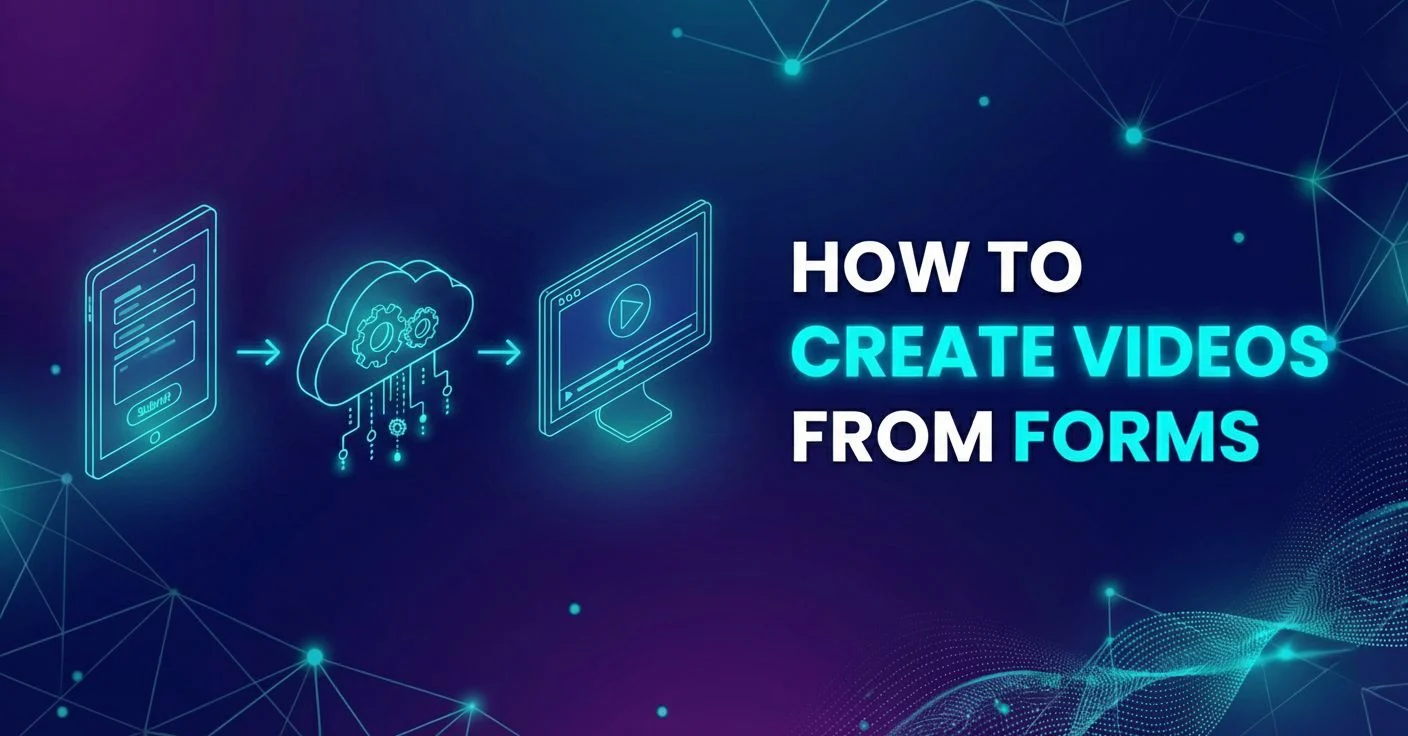How fast you can create 1,000 videos with ChatGPT and Plainly?

In the ever-evolving world of content creation, the challenge of producing a large number of high-quality videos efficiently often looms large. Recently, we set out on a mission to create 1,000 YouTube videos using ChatGPT and After Effects. It might sound like a daunting task, but let's take you through the process that made this seemingly impossible feat surprisingly manageable.
Workflow breakdown
Step 1: Creating the After Effects Template
Our journey began with the creation of an After Effects template. The idea was to generate 1,000 unique videos, each featuring a random fact about space and the universe. The template included dynamic layers, color options, and a well-thought-out layout.
To keep things simple, we used an intro and a middle composition. Dynamic layers, marked with an orange label, were the elements that ChatGPT would later modify. These included parameters like fact number, color, and background image, ensuring variety in each video.
Step 2: Uploading to Plainly
With the After Effects template ready, we turned to Plainly, a video automation platform. Uploading the template to Plainly was a straightforward process. Setting parameters for text, background image, fact number, and color was a breeze, thanks to Plainly's user-friendly interface.
Step 3: Generating Inputs with ChatGPT
The next challenge was generating 1,000 unique facts, images, and colors. For the facts, we sought help from ChatGPT, giving it a simple prompt to generate 300 facts of 300 characters each. To reach the desired 1,000 facts, we repeated this process and compiled the results.
For the images, we used Unsplash's random feature to obtain 1,000 links to space-related images. Additionally, we asked ChatGPT to generate 1,000 hex color codes, ensuring variety in the video backgrounds.
Step 4: Exporting and Preparing the CSV File
With all the parameters generated, we compiled them into a Google Sheet, which was then exported into a CSV file for seamless integration with Plainly. It's worth noting that hex color codes needed some cleanup, removing the '#' symbol for compatibility.
Step 5: Rendering 1,000 Videos
The final and most exciting step was rendering the videos. With the CSV file uploaded to Plainly, we connected the columns to the corresponding parameters in the template. Setting up output formats and other preferences was an option, but for simplicity, we stuck to basic settings.
After hitting the render button, we eagerly watched as Plainly processed and generated 1,000 videos. Astonishingly, the entire rendering process took just around 15 minutes. Imagine the time and effort saved compared to manual video creation!
Wrapping up
In a world where time is precious, finding efficient ways to create content is a game-changer. ChatGPT and After Effects, combined with platforms like Plainly, offer a practical approach to generating a large volume of engaging videos without breaking a sweat. The future of content creation is here, and it's all about working smarter, not harder.
If you're curious about trying Plainly, they offer a 14-day free trial on their website, plainlyvideos.com. Don't miss the chance to simplify your content creation process.





